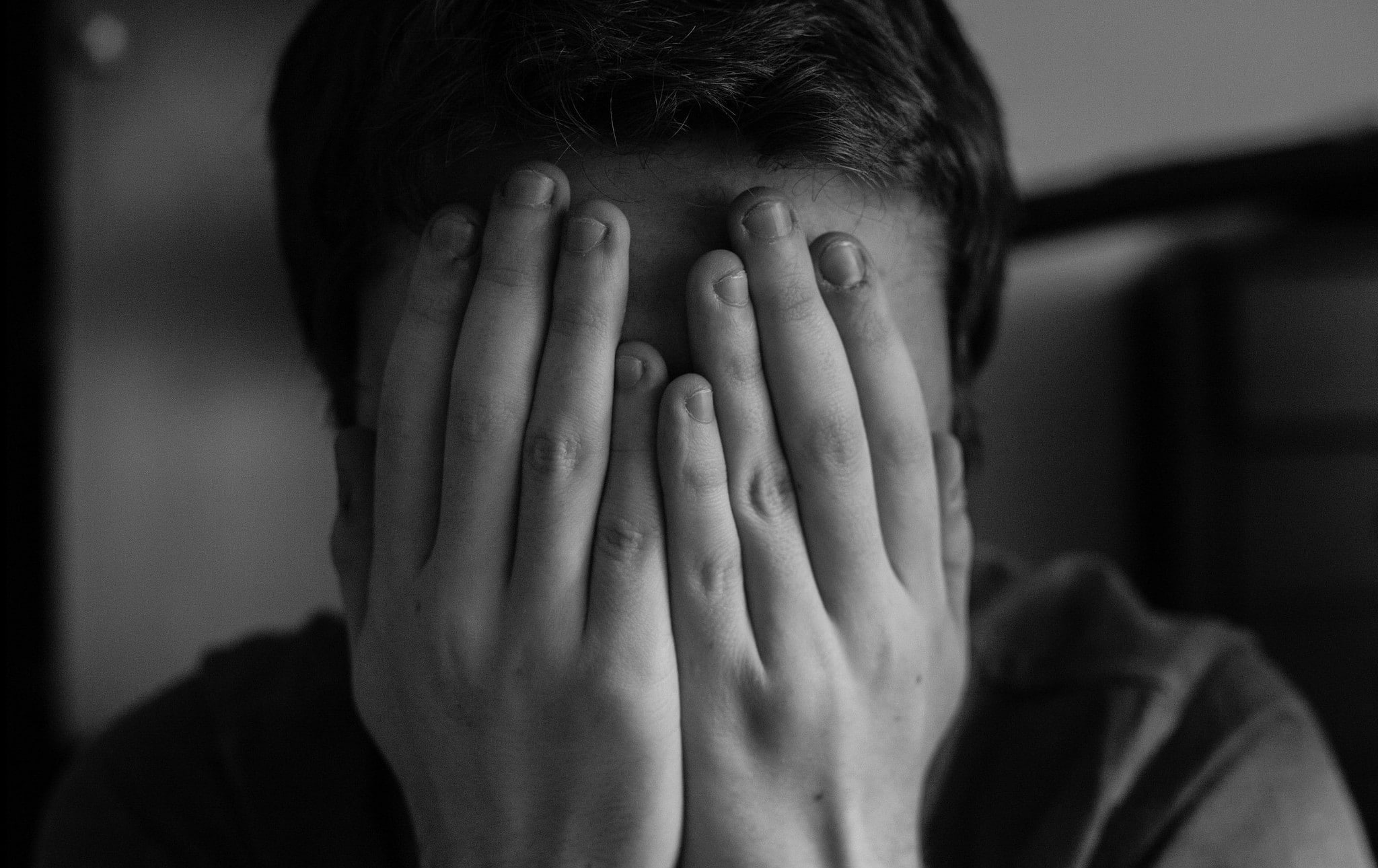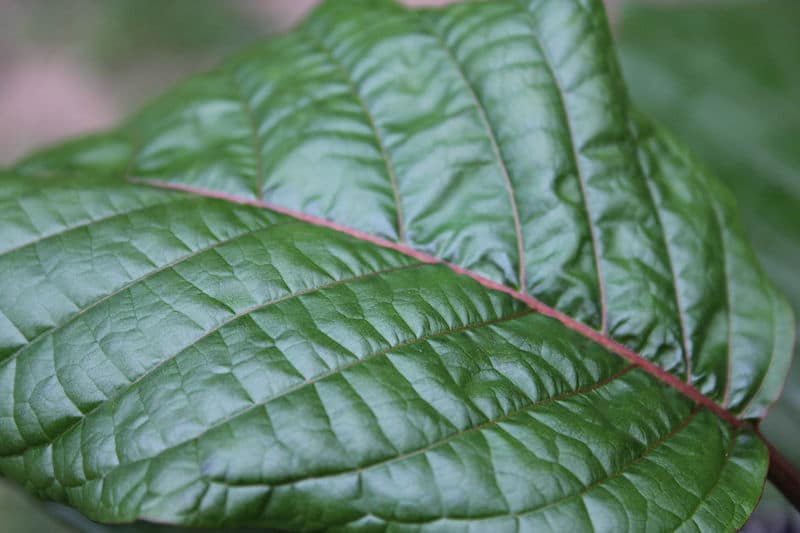
Image Source: Flickr user Ryan Melaugh
By the time Michael’s dad suggested marijuana for his chronic depression, Michael had run the gamut of depression prescriptions: SSRIs, SNRIs, MAOIs, and tricyclics, to name some, but each medication failed to pull him out of the hole of mental illness. At best, the medicines did nothing. At their worst, they left him nauseated, too tired to move, and anxious.
I’d been friends with Michael since we were thirteen, and, like his dad, I’d seen a great change in him in recent years — before, he’d been smart, funny, and kind. Now, it was like his inner light had vanished.
So on his dad’s suggestion, Michael began to consume small daily amounts of marijuana under the guidance of an alternative medicine practitioner, and I was hopeful as I saw him begin to slowly change. With the support of family, friends, clinicians, and medicinal doses of marijuana, he was able to achieve a sense of peace that no conventional treatment had allowed, and, to our great relief, he was able to heal from his depression.
“I don’t know where I would be today without pot,” Michael recently told me. “This natural substance gave me answers no conventional medicine ever did. It pulled me out of an unbearable darkness.” For me, watching his transformation was like witnessing a rebirth; the experience radically redefined what I thought I knew about mental health treatment and the healing power of psychedelic therapy for depression and beyond.
Michael’s story is inspiring, but it’s not unique — people have used marijuana to treat depression for hundreds, perhaps thousands of years. But even as more people share stories like Michael’s, there’s still some question about whether marijuana is a help or a hindrance in treating depression. Having seen its effects firsthand, I can personally attest to the power of marijuana’s medicinal benefits, but research also backs up the anecdotal evidence that cannabis works. It also gives this other, very important caveat: it’s all about moderation.
With Marijuana Treatment, the Benefits Depend on Dosage
Last year, researchers from the University of Buffalo’s Research Institute on Addictions released a study on the effects of chronic stress on endocannabinoid production in rat populations. Endocannabinoids are naturally-occurring chemicals in the brain — they resemble the equivalent cannabinoids in marijuana, which affect vital functions like cognition, emotions, behavior, and motor control.
The study found that chronic stress reduced the production of endocannabinoids and led to “depression-like behavior” in the rats. Researcher Dr. Haj-Dahmane said of the research, “Using compounds derived from cannabis — marijuana — to restore normal endocannabinoid function could potentially help stabilize moods and ease depression.” This is quite possibly the mechanism that is already helping medicinal marijuana users like Michael find relief from painful depressive symptoms.

One 2014 study from the University of Kentucky found that people who are already lonely are at a higher risk of major depressive episodes if they consume high amounts of marijuana. | Image Source: “Can Marijuana Reduce Social Pain?”, University of Kentucky, Feb 2014
While the University of Buffalo study sheds light on the potential of marijuana to treat depression, other studies suggest that the healing power of cannabis is not straightforward. In a neurobiological study released by McGill University, researchers observed antidepressant effects in laboratory animals when they were injected with a synthetic cannabinoid, which they measured by increases in serotonin activity.
Although the cannabinoid did elevate serotonin levels, the positive effects only lasted up to a certain point. After that point, serotonin activity actually decreased. As researcher Dr. Gabriella Gobbi explains, this threshold makes a big difference in the ability of marijuana to treat depression:
“Low doses [of marijuana] had a potent antidepressant effect, but when we increased the dose, the serotonin in the rats’ brains actually dropped below the level of the control group. So we actually demonstrated a double effect: At low doses it increases serotonin, but at higher doses the effect is devastating, completely reversed.”
For people in the medicinal marijuana community, these findings won’t be surprising, and many of us have seen or experienced what can happen when someone goes overboard. Although there are currently no universal guidelines regarding marijuana dosing, it’s widely recommended that you start with a very small amount of a strain known for its antidepressant properties, then observe its effects before you increase the dose to make sure you have a safe and positive healing experience.
If you’re smoking or using a vaporizer, a single inhalation may be all you need. If you’re eating an edible, don’t do it on an empty stomach: start with a small sliver, and remember that you may need to wait 30 – 90 minutes to experience the effects. It’s always better to err on the side of caution, because consuming too much can cause unwanted, opposite side effects like paranoia, anxiety, nausea, and panic, interfering with your ability to benefit from marijuana treatment.
Seeking Guidance for Marijuana Treatment
While a growing body of research suggests that marijuana can have extraordinary therapeutic benefits for people struggling with depression, the dose-dependent nature of marijuana treatment means that users need to take care when choosing the strand and amount of marijuana.
This is particularly true today, as marijuana has become significantly more potent in recent years. According to recent government tests, marijuana potency has tripled over the last two decades. Its high potency means that you require significantly smaller amounts of marijuana to achieve therapeutic benefits than you would have in the past. Even minute amounts can produce significant effects, and it’s easy to overshoot the therapeutic threshold.
Also, not all kinds of marijuana are created equally. Finding a strain known for compatibility with your specific symptoms is an essential component of successful treatment. Strains with high levels of terpene limonene, for example, are renowned for their mood-elevating properties, while strains with low THC concentrations are best for alleviating anxiety. Creating a good match between the strand and amount of marijuana is critical for effective treatment.
Marijuana was the right treatment for Michael, and it might be the right treatment for you. As new research emerges and more people share their experiences with using marijuana as an antidepressant, it’s increasingly clear that plant medicines have healing benefits for many of us and can open doors to wellness even when conventional treatments have been unsuccessful.
As with all medicines, the first step to treating depression with marijuana is to seek guidance from experienced professionals. This allows you to create a personalized treatment plan that suits your unique needs, minimizes the risk of unwanted side effects, and help you navigate obstacles to your healing. With the support of people who understand what you’re struggling with, you can find new avenues for healing and relieve the pain of depression.










